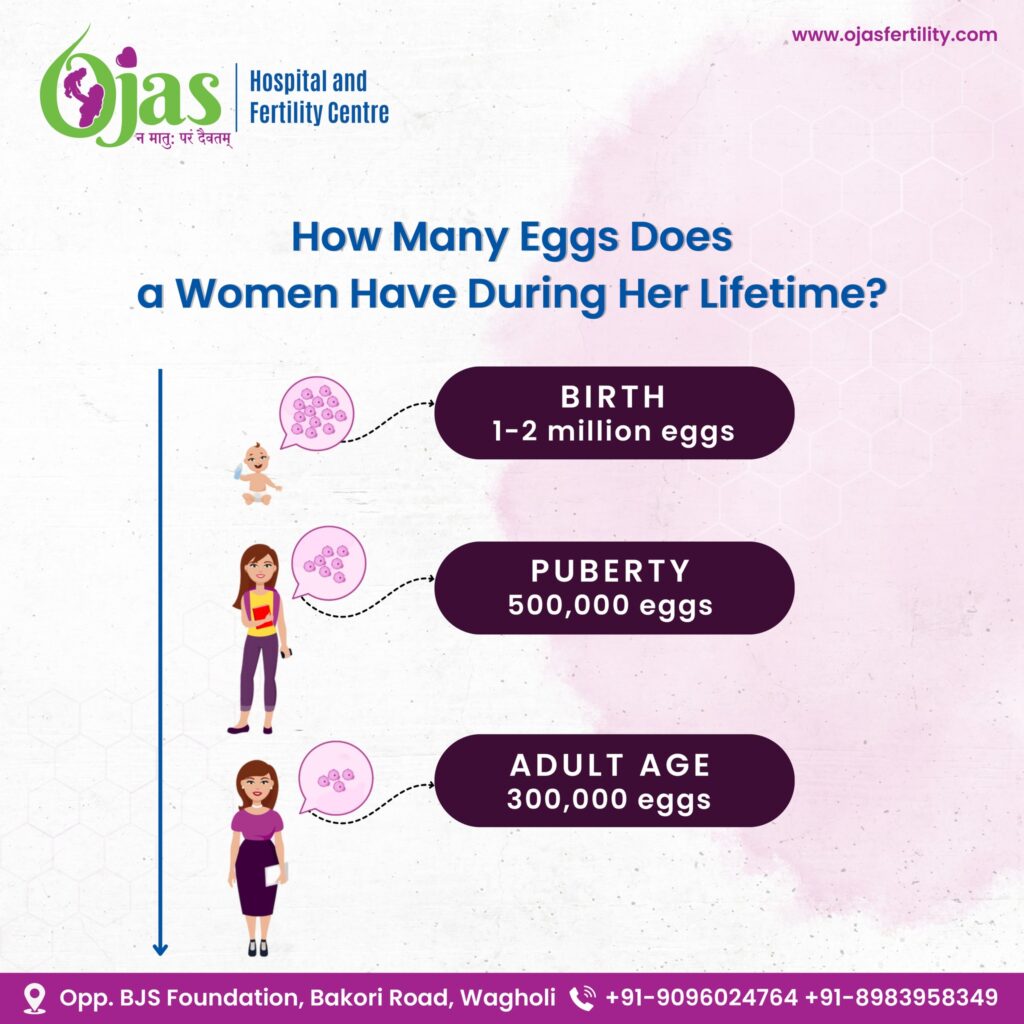Introduction: The number of eggs a woman has throughout her lifetime is a fascinating aspect of reproductive biology. Let’s explore the stages at which these eggs develop and how their quantity changes over time.
Birth: 1-2 Million Eggs
At birth, a female baby is born with approximately 1-2 million eggs, a vast reservoir that holds the potential for future pregnancies. These eggs are immature and dormant, awaiting the onset of puberty.
Puberty: 500,000 Eggs
As a girl enters puberty, usually around the age of 12-14, a significant number of eggs undergo a process called folliculogenesis, where they mature within fluid-filled sacs called follicles. By the time of her first menstrual cycle, the number of eggs has reduced to around 500,000.
Adult Age: 300,000 Eggs
Throughout a woman’s reproductive years, which extend until menopause, the number of eggs continues to decline. By the time she reaches adulthood, typically in her late teens to early twenties, the number of eggs may reduce to approximately 300,000.
This gradual reduction occurs naturally as a result of the monthly release of eggs during the menstrual cycle. By the age of 30, a woman may have about 100,000 eggs, and by the time she reaches menopause, usually in her late 40s to early 50s, the remaining eggs are significantly diminished.
Understanding this biological timeline provides insight into the reproductive lifespan of a woman and the factors influencing fertility as she progresses through different stages of life.
Conclusion: While the number of eggs decreases over time, the quality of eggs also plays a crucial role in fertility. This understanding becomes essential for women considering family planning and those seeking assisted reproductive technologies. Embracing this knowledge empowers women to make informed choices about their reproductive health.

